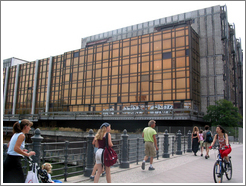
|
Berlin |
|
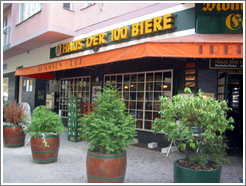
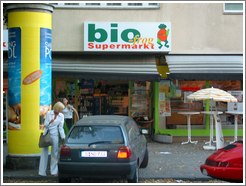
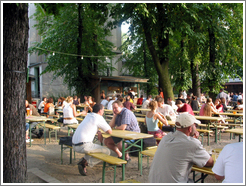
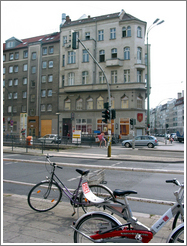
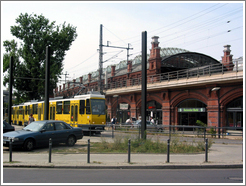
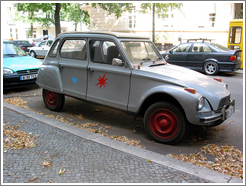
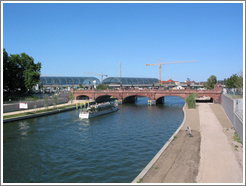

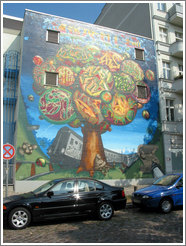
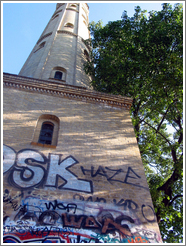
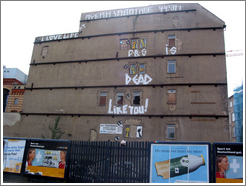

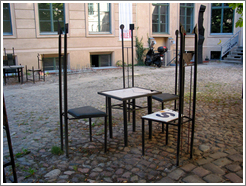
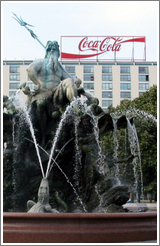
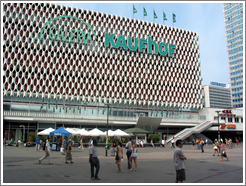
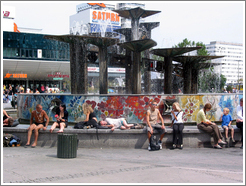
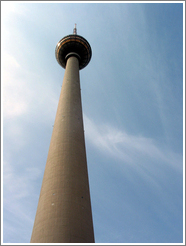
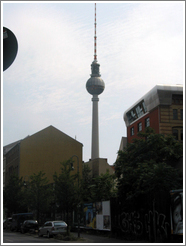 The television tower near Alexanderplatz is the tallest structure in Berlin, standing at 1,209 feet. This is the second-tallest tower in all of Europe.
The television tower near Alexanderplatz is the tallest structure in Berlin, standing at 1,209 feet. This is the second-tallest tower in all of Europe.
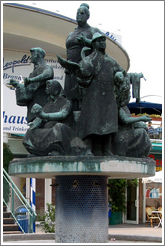 Socialist statue in front of a department store.
Socialist statue in front of a department store.
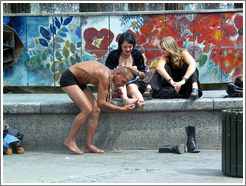 Please don't ask what is going on here.
Please don't ask what is going on here.
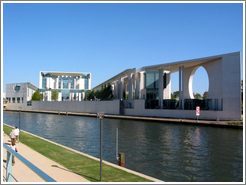
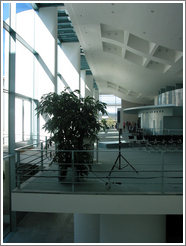
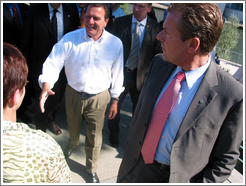
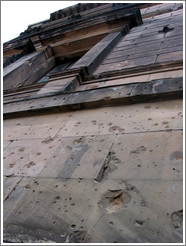
 Some buildings in Berlin are still marked with bullet holes.
Some buildings in Berlin are still marked with bullet holes.
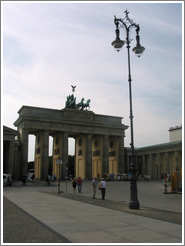
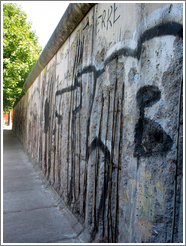
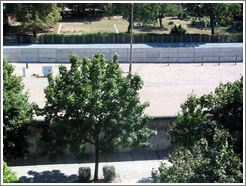
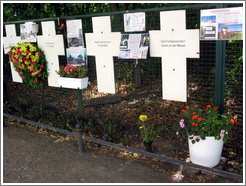
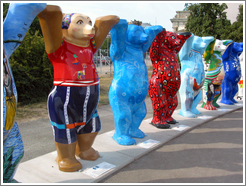
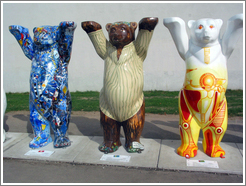
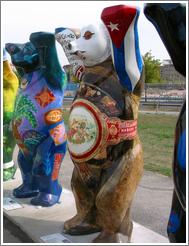
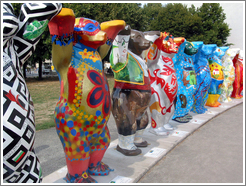
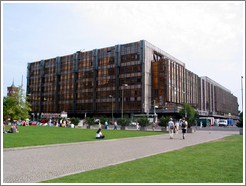
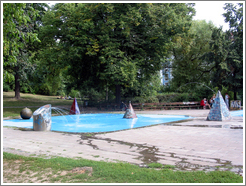
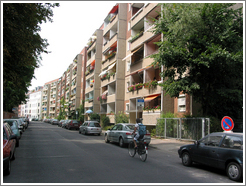
|
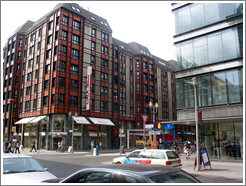
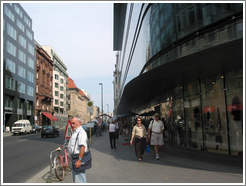
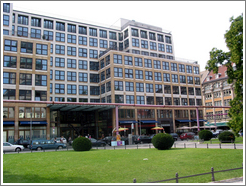
|
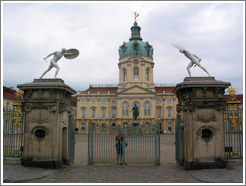 The oldest Prussian palace in Germany, construction began in 1695 and
lasted until 1790. The first section of this palace was constructed from
1695-1699 as a summer home for Sophie Charlotte, wife of Elector Frederick III. It now
contains some 70 rooms, a mausoleum, and an expansive, manicured garden.
The oldest Prussian palace in Germany, construction began in 1695 and
lasted until 1790. The first section of this palace was constructed from
1695-1699 as a summer home for Sophie Charlotte, wife of Elector Frederick III. It now
contains some 70 rooms, a mausoleum, and an expansive, manicured garden.
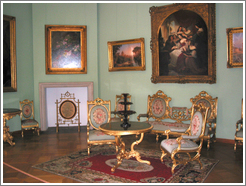
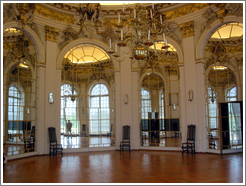
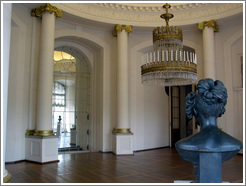
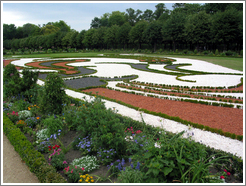
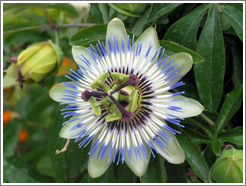
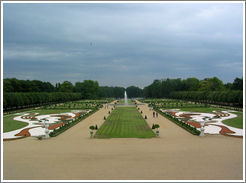
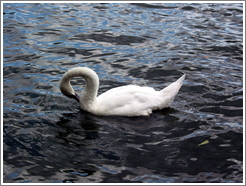
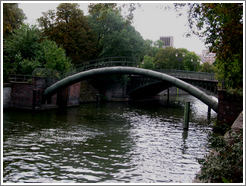
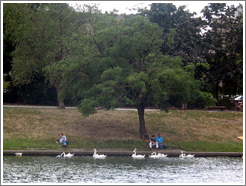
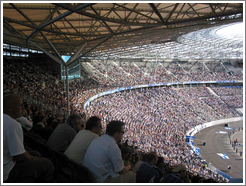
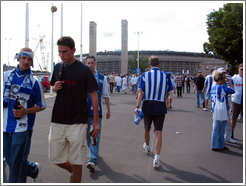

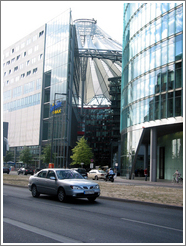
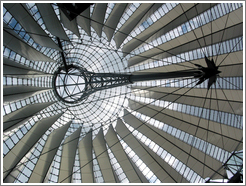
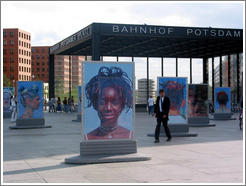
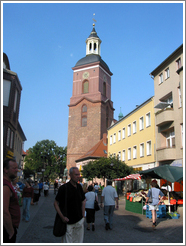
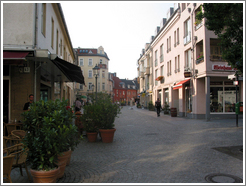
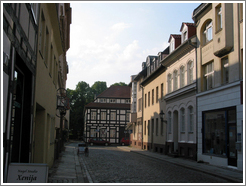
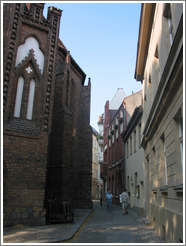
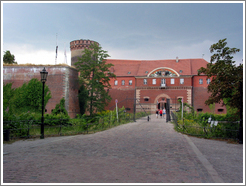 The Spandau Zitadelle is a 16th century fortress, surrounded by a moat,
overlooking the town of Spandau.
The Spandau Zitadelle is a 16th century fortress, surrounded by a moat,
overlooking the town of Spandau.
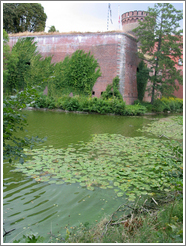
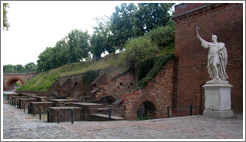

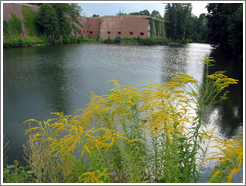


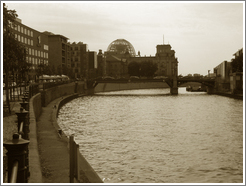 The Reichstag, home to Germany's parliament, was built in 1894, but
a fire in 1933 destroyed the dome and much of the interior; WWII damaged the building further. Renovation began in 1958, but the glass dome, open to the public, wasn't built until after the country's reunification in 1989.
The Reichstag, home to Germany's parliament, was built in 1894, but
a fire in 1933 destroyed the dome and much of the interior; WWII damaged the building further. Renovation began in 1958, but the glass dome, open to the public, wasn't built until after the country's reunification in 1989.
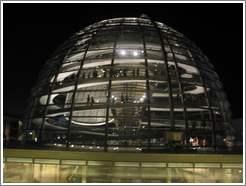
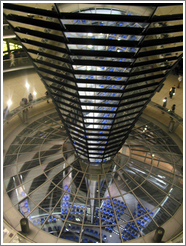
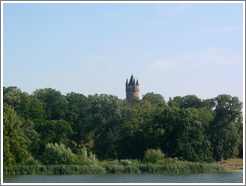
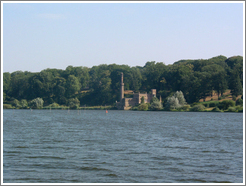
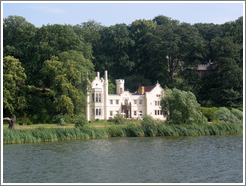

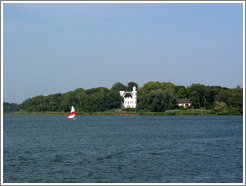


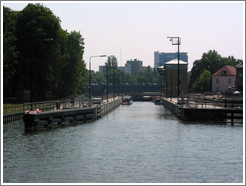
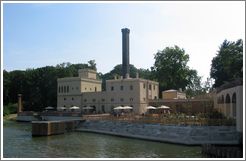

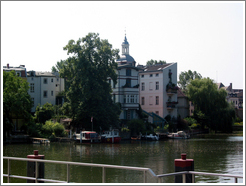
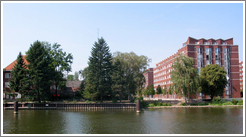
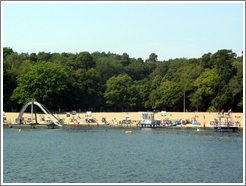
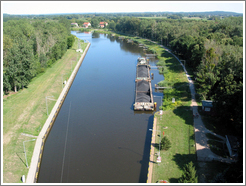
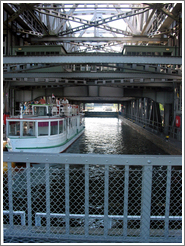 Niederfinow is a "ship lift", serving the same purpose as locks. This
impressive structure on the Oder-Havel Canal was built from 1907 to 1914,
and reaches a height of 60 meters.
Niederfinow is a "ship lift", serving the same purpose as locks. This
impressive structure on the Oder-Havel Canal was built from 1907 to 1914,
and reaches a height of 60 meters.



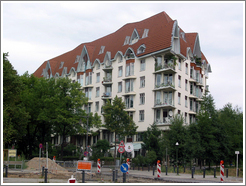
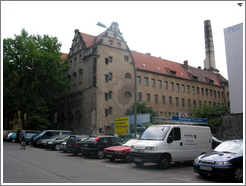
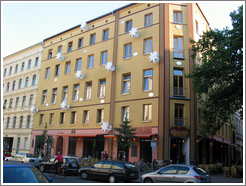
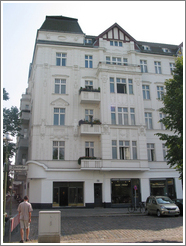
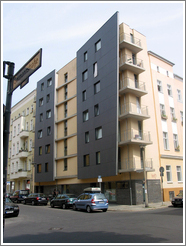
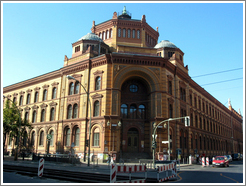
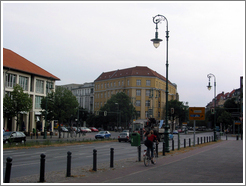
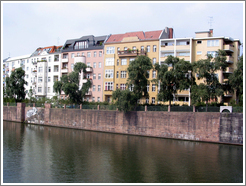
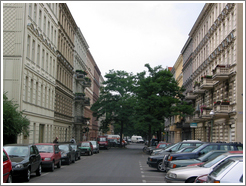
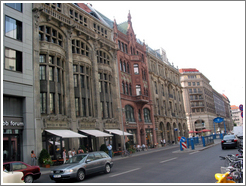
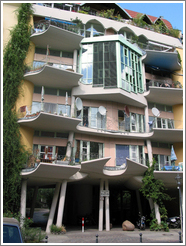
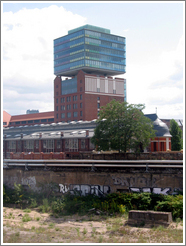
That's me...
What a pity for me!!!The very first internet-active lady I know of, was visiting Berlin (for real),
collector of Pi stuff,
great inventor of ACME Nerd Suppressant (see http://eveander.com/nerd/, it does work!!!),
and much more (yes, I was a secret admirer some 6 years ago),
in one word: the (in)famous Eve A. Andersson was visiting Berlin, and I didn't know it.Eve, we might have met at the Landwehrkanal... where I like to ride bicycle on sunny afternoons!
Anyway, all the Berlin pictures are great! Most places I know by myself, they are well shot.
I hope you also had a stay that nice here!Many greetings,
-- Eberhard (Physicist from Berlin)
P.S. "The Garden of Eden" hopefully won't go away! I found no more links to it...
-- Eberhard Koehler
That's me
Well, Eberhard, your comment sets off a chain of associations. First, your eyes, which remind me so much of my aunt, Barbel Braunstein. Second, that you are an admirer (bewunderer) of Eve. Count me in (along with the other ten thousand). Many years ago I was sitting in a swanky bar in Karlsruhe, Germany. Beside me was a well-dressed gentleman who identified himself as the director of the CERN facility just outside the city. I was an engineering physics student, so we struck up a conversation. After a time I told him that I much admired the lady that owned the bar, who also was serving us that night. He immediately called out to her, saying "Christiane, here is yet another admirer of yours". She went into the back and came out with three champagne glasses, a bottle of the bubbly.....poured us all a drink, gulped hers down and retreated back to work. But not before giving me a look that, had I had my traveler's pack on me, the sleeping bag would have immediately unfurled into a double bed. Memories. Dino Cremonese
-- Dino Mario Cremonese